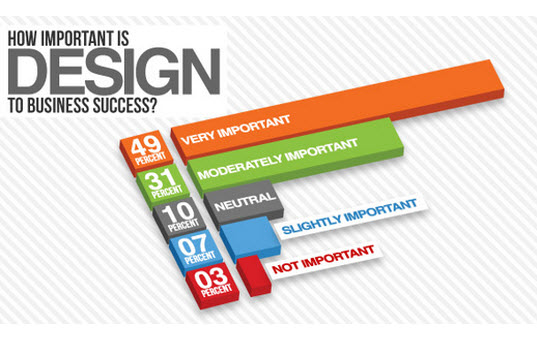Fundamental Aspects Of Web Design: Standards For Creating A User-Centric Website
Fundamental Aspects Of Web Design: Standards For Creating A User-Centric Website
Blog Article
Material Create By-Christophersen Ehlers
When it concerns website style, guaranteeing user-friendliness is vital. From receptive style to streamlined navigation, every aspect plays a critical role in creating a website that deals with your target market's requirements. But what concerning the finer information that can make or break a user's searching experience? Remain tuned as we discover some often-overlooked ideas that can boost your website's functionality to the next level, making it absolutely stand out in the electronic landscape.
Significance of Responsive Style
Receptive style is a critical aspect of modern-day internet site growth. Guaranteeing your internet site is responsive ways that it can adapt to various screen sizes and tools, providing a smooth experience for users.
With website packages increasing use of smartphones and tablets to access the web, having a receptive layout is necessary for reaching a bigger target market. It aids in improving user experience by making your internet site simple to navigate and continue reading any type of gadget.
Additionally, receptive style can positively influence your online search engine rankings, as online search engine like Google prioritize mobile-friendly websites. By having a responsive design, you're additionally future-proofing your internet site, as brand-new tools with varying display sizes continue to arise.
Simplify Navigating Framework
To improve customer experience and promote easy accessibility to info on your site, enhancing the navigating framework is critical. When developing your site, focus on creating a clear and intuitive navigation food selection that aids visitors locate what they're trying to find swiftly.
Restriction the number of food selection things to the essentials, organizing associated web pages with each other to prevent overwhelming users. Use detailed labels that plainly suggest the content of each web page, making it easier for users to understand where each link will take them.
Consider implementing dropdown menus for subcategories to prevent littering the primary navigating bar. In addition, include a search bar plainly on the page for users that favor searching for details details.
local seo firm on mobile responsiveness in your navigating design to make sure simple access on all devices.
Optimize Page Lots Speed
Improving page load speed is critical for keeping visitors on your internet site. Slow-loading web pages frustrate individuals and can bring about high bounce rates. To optimize page tons rate, beginning by enhancing pictures. Press images without compromising quality to minimize their documents dimensions.
Additionally, enable browser caching to save often accessed resources in your area, quickening load times for returning site visitors. Minify CSS, JavaScript, and HTML files by eliminating unneeded characters, remarks, and formatting, improving load speed.
Consider using a material delivery network (CDN) to disperse your site's material throughout numerous servers worldwide, minimizing latency for individuals accessing your site from various locations. Last but not least, restrict using third-party manuscripts and plugins, as they can dramatically affect lots times.
Conclusion
To conclude, by including receptive design, streamlining navigating, and maximizing web page load rate, you can develop a straightforward site that appeals to a bigger audience and boosts user experience. These essential elements make sure that site visitors can quickly access and browse your website throughout various gadgets, causing boosted engagement and contentment. By focusing on these vital elements, you can build a successful internet site that maintains users returning for even more.
